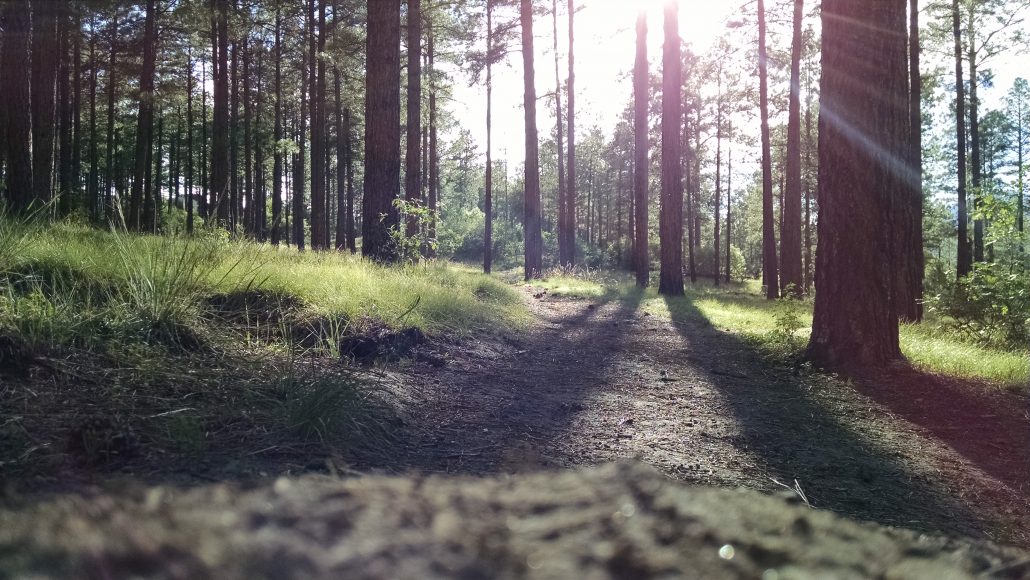Outdoor Learning

The summer months are notorious for triggering brain drain. The shear gap in time, combined with the hiatus from hours of learning every day, prompts a decline in knowledge acquisition and retention. Now, it is no wonder why summer activities and routines make it difficult to convince children to complete ungraded practices. Kids would much rather ditch the homework and head outside to soak up the sunshine with their friends. So instead, what if we took the learning outside? What if activities were presented as challenges, exploration, observation and inquiry? The impact could be dramatic.
Research and data indicate that outdoor learning can have immense benefits on student achievement. Western European countries have found major benefits to embracing outdoor and out-of-the-classroom learning. Aside from increasing engagement, learning “outside the box,” so to speak, allows students to experience hands-on practice, first-hand knowledge, real-world application and academic exploration. The value of outdoor learning experiences has been solidly recognized, so it is essential that parents, educators, and schools incorporate some of these ideologies.
This does not mean that teachers and parents should simply plop children down outside to complete a worksheet—the learning needs to be rooted in an aspect of the environment. Much like using educational technology simply for the sake of using technology, venturing outdoors just for the sake of being outdoors is not one of the fundamental concepts of outdoor learning. Some classes like physics, biology, and physical education more readily lend themselves to outdoor learning opportunities. Say you are studying types of clouds during the weather unit in science class. Instead of viewing drawings in a textbook, students could perform outdoor observations of actual clouds. Groups could discuss temperature, wind, and humidity to assess which variety of cloud is most common for the day’s weather. Math students could make use of the nice weather to plan, organize, measure out, and purchase materials for a regulation kickball field, miniature green house, or standing long jump.
Other subjects take a little more creative planning, but they can just as easily utilize the outdoors. If English students are reading poems by Henry Wadsworth Longfellow, they may take the excerpts outdoors to combine the lush descriptions of nature on the page to the physical world surrounding them. If a child is more resistant to spending some parts of summertime explicitly learning or reviewing academic skills, activities can be disguised even further. Ask your child if there are any national parks, landmarks, or other attractions that he would like to visit. Casually seek information about the location by asking questions that would encourage your child to perform some informal research. Once you have gathered enough information, take your child to the park, monument, zoo, or lake. Ask if anything surprised him once you have visited in person—did you recognize any of the aspects that you saw in your research?



